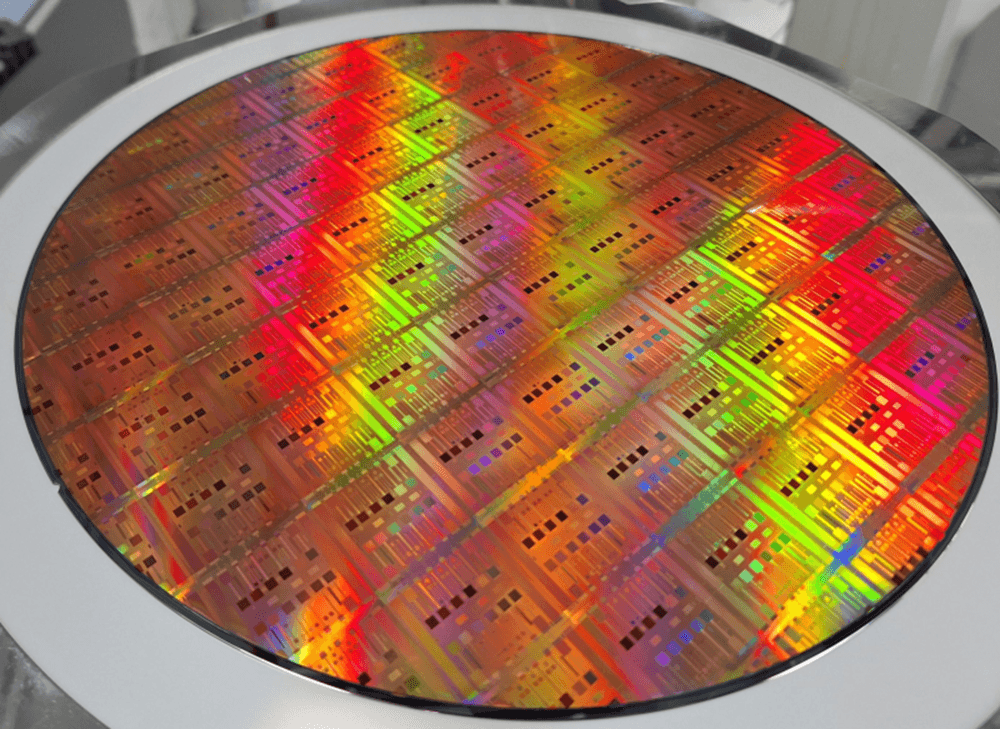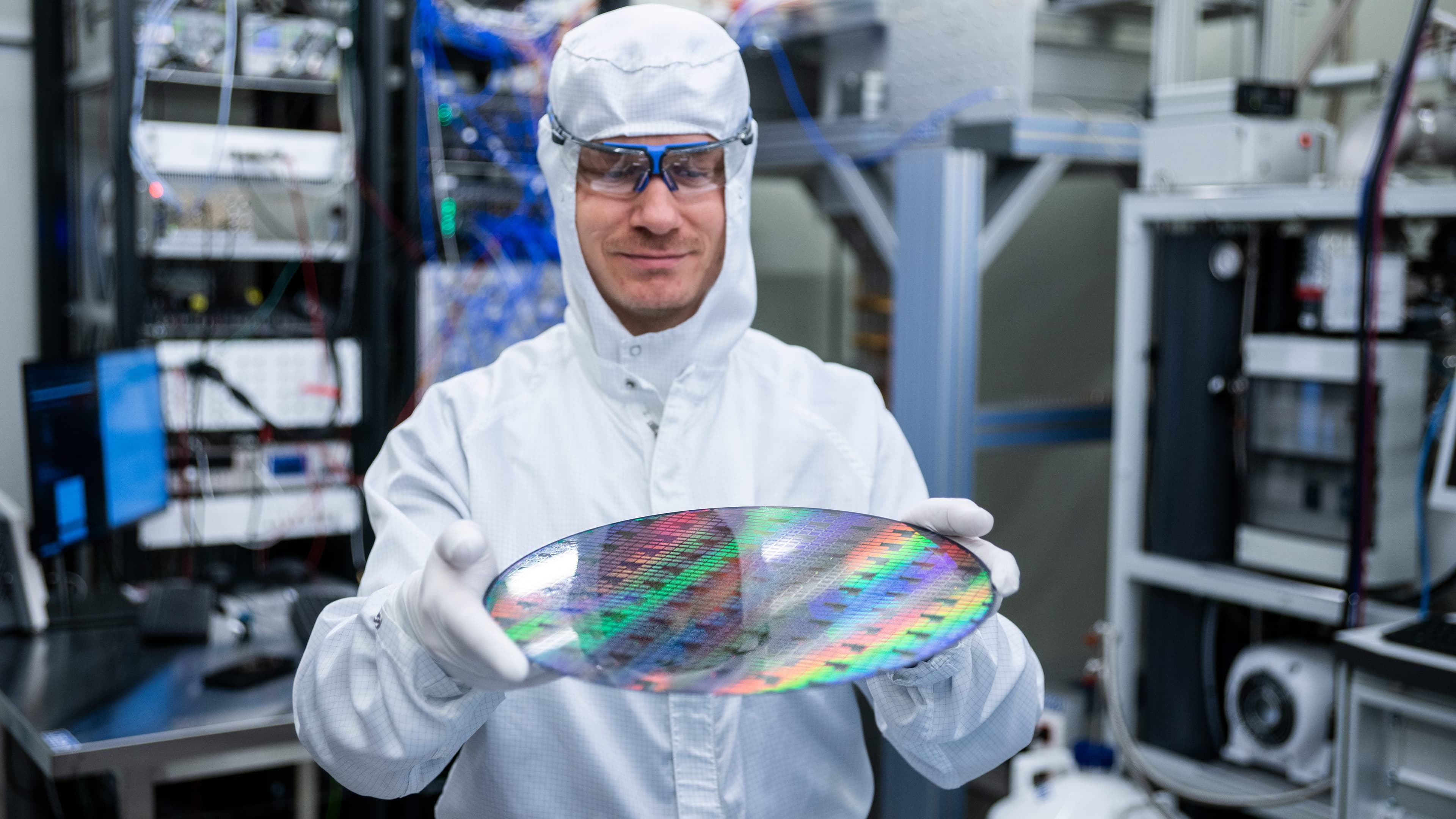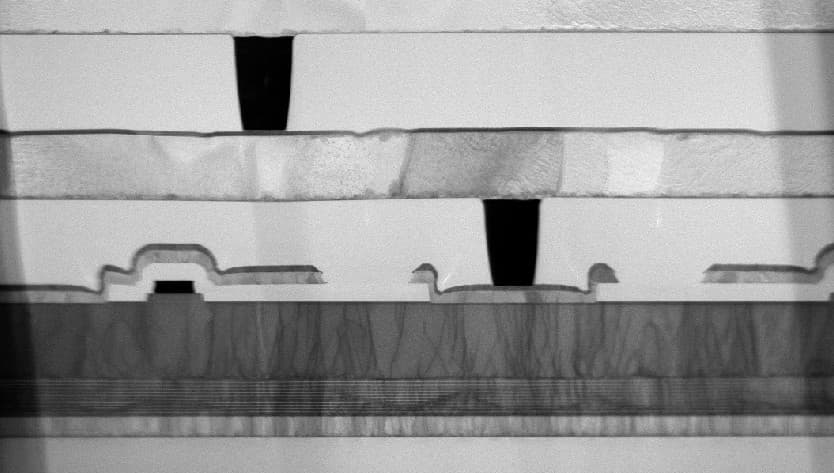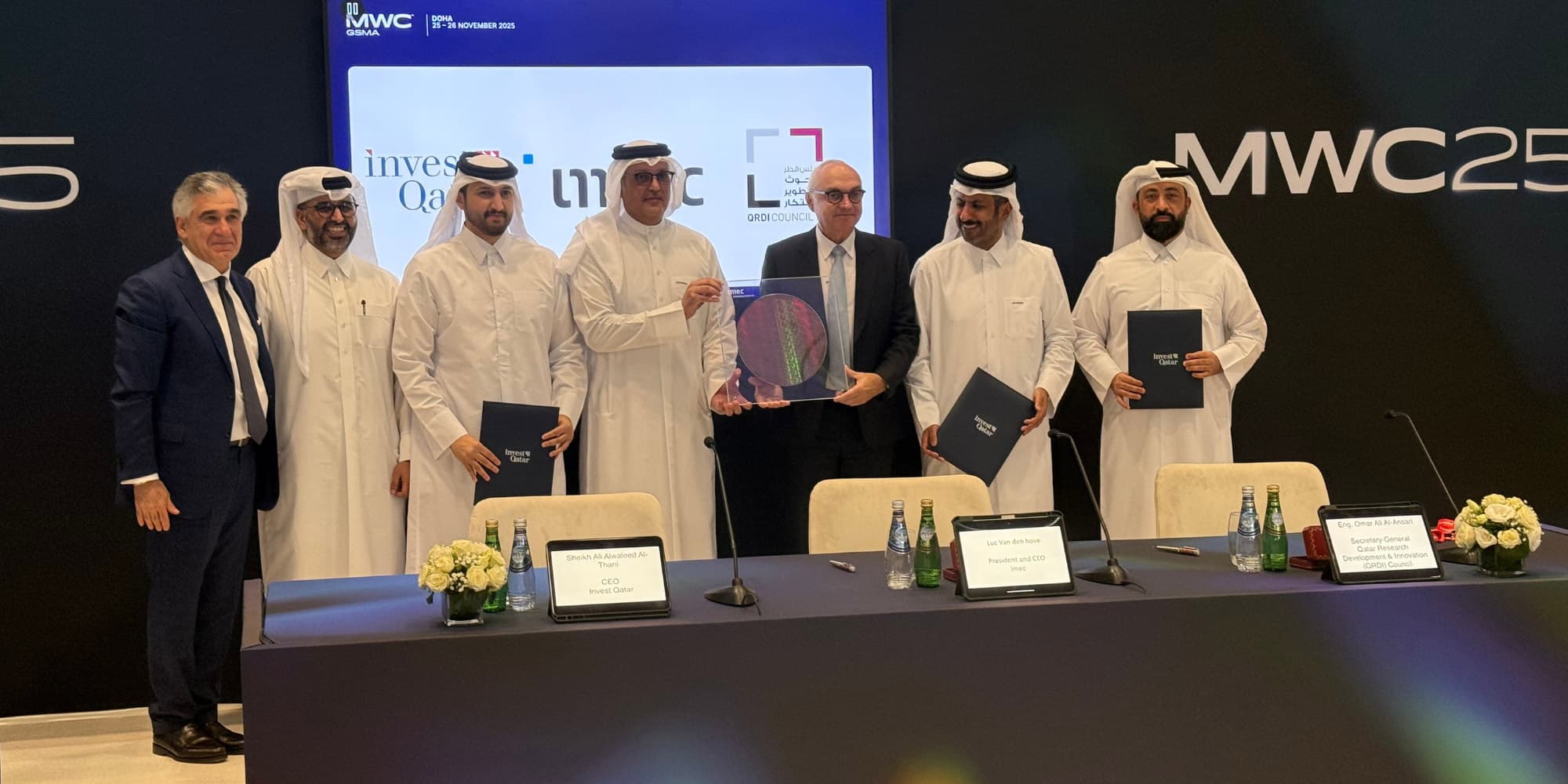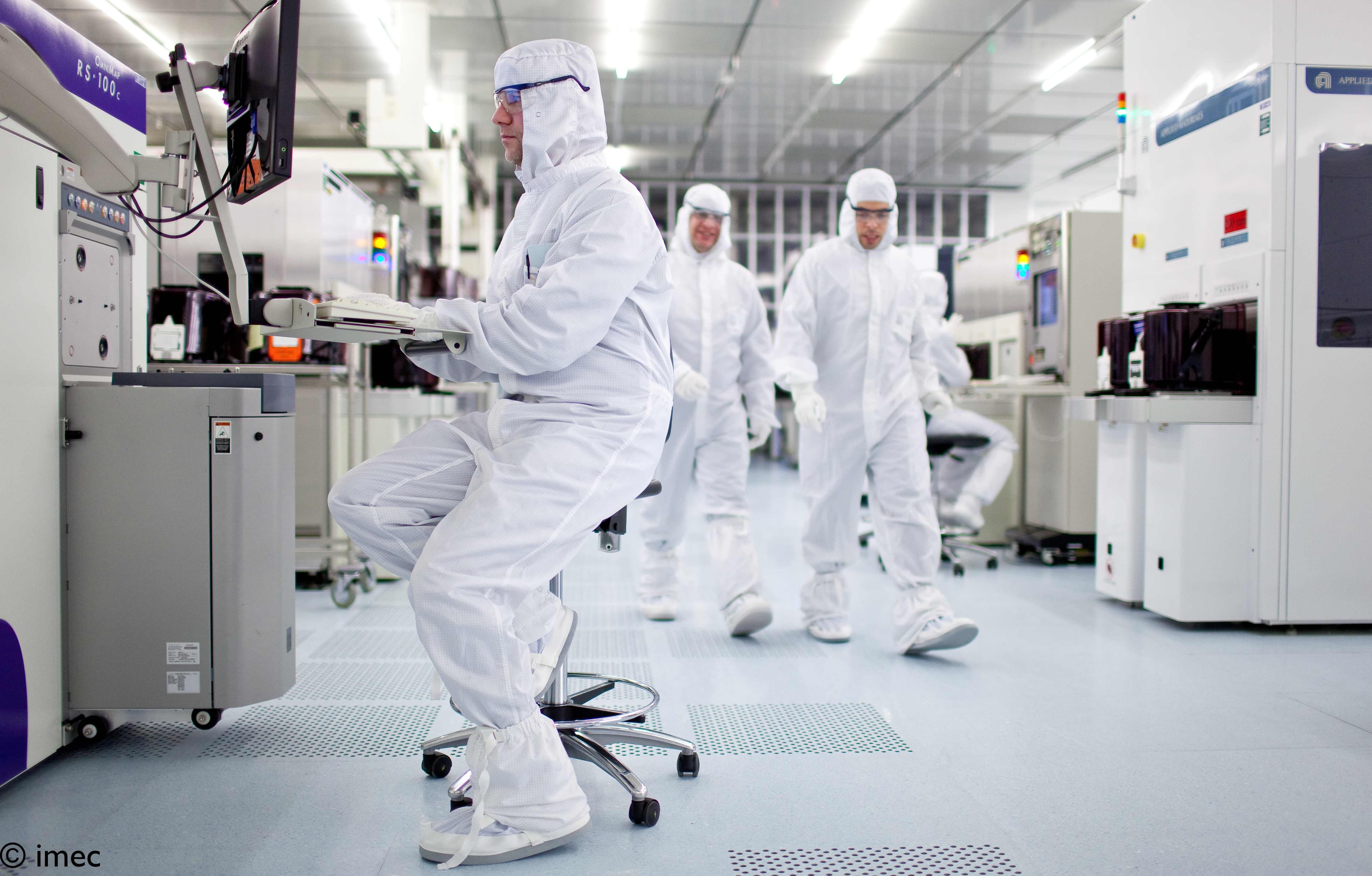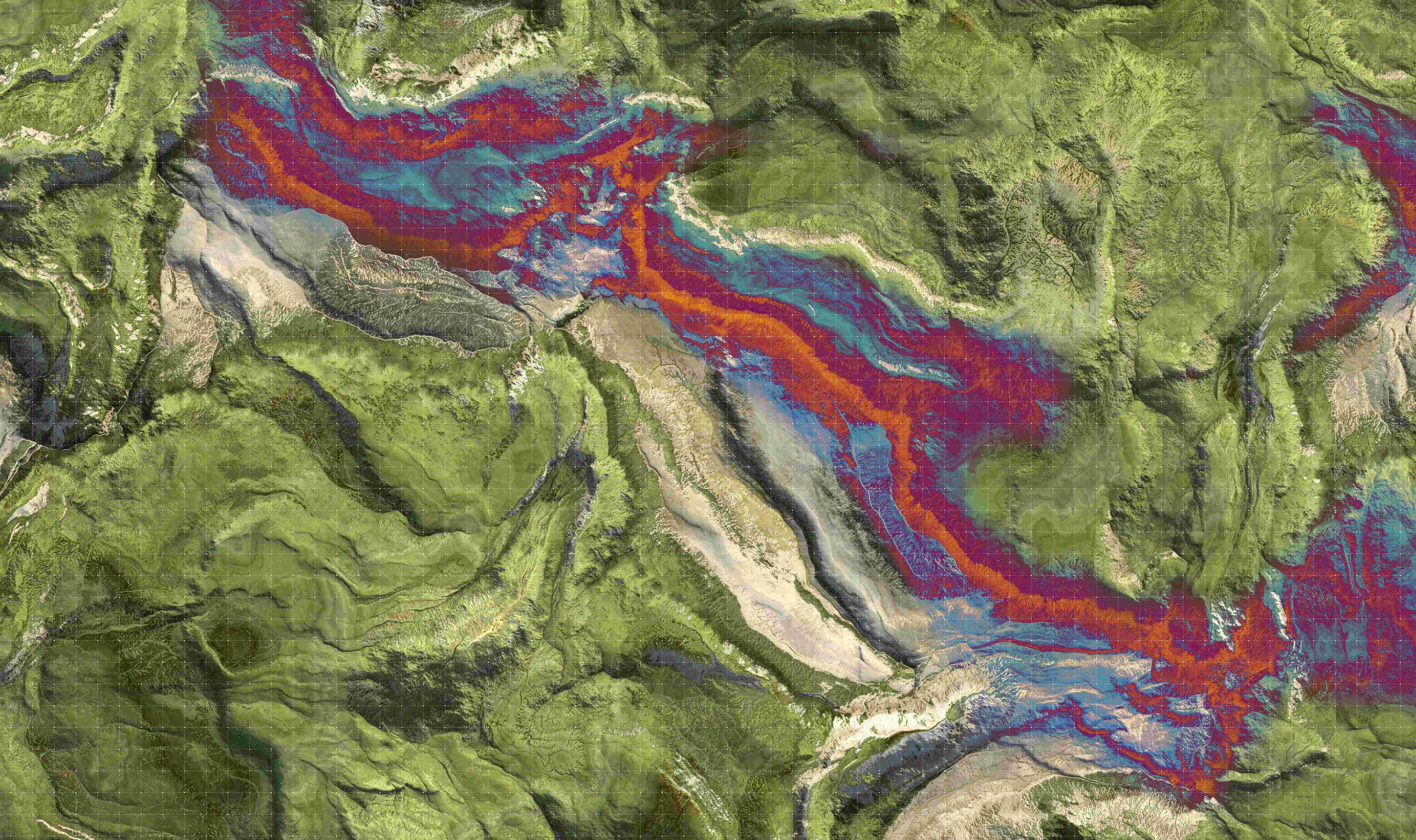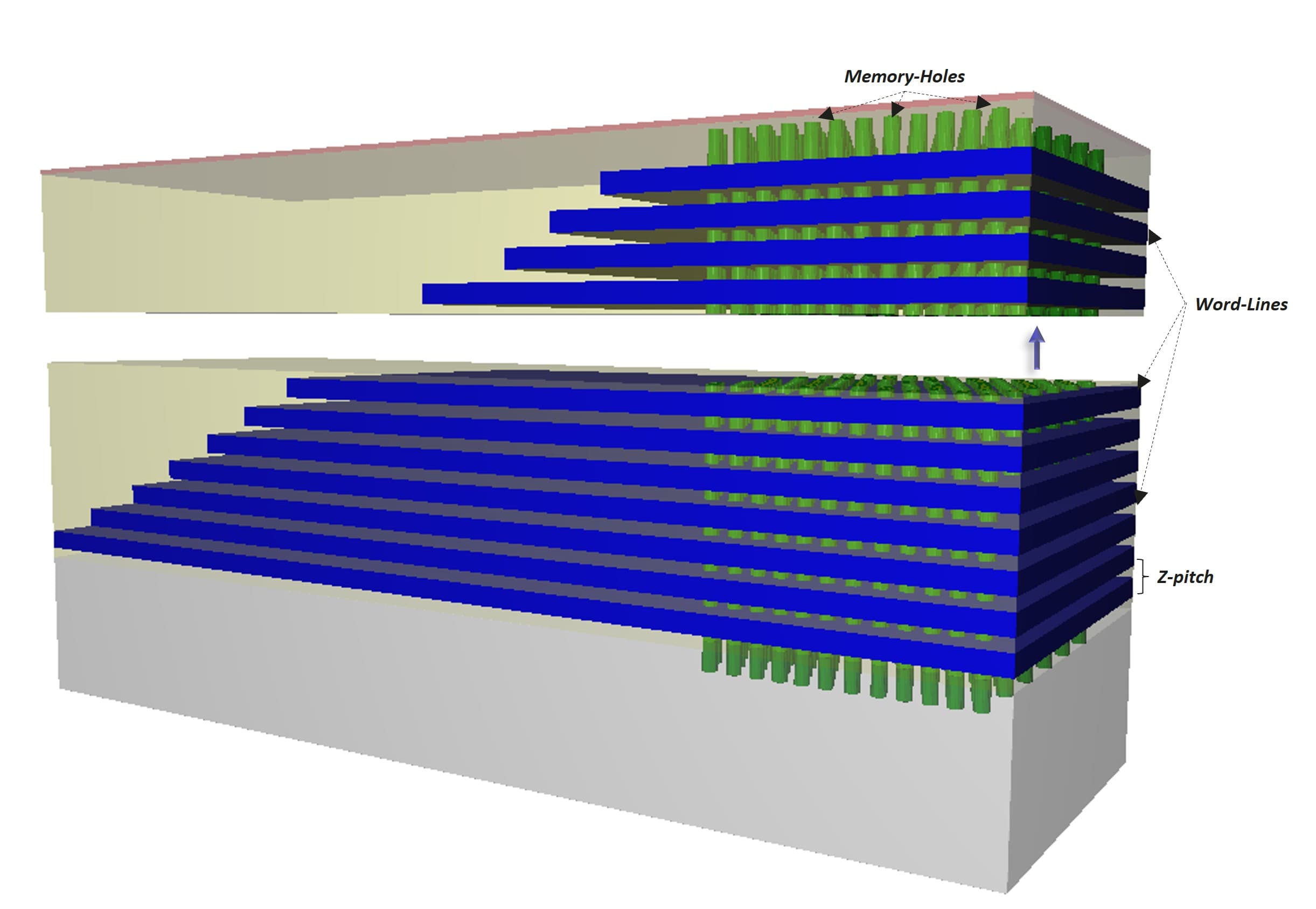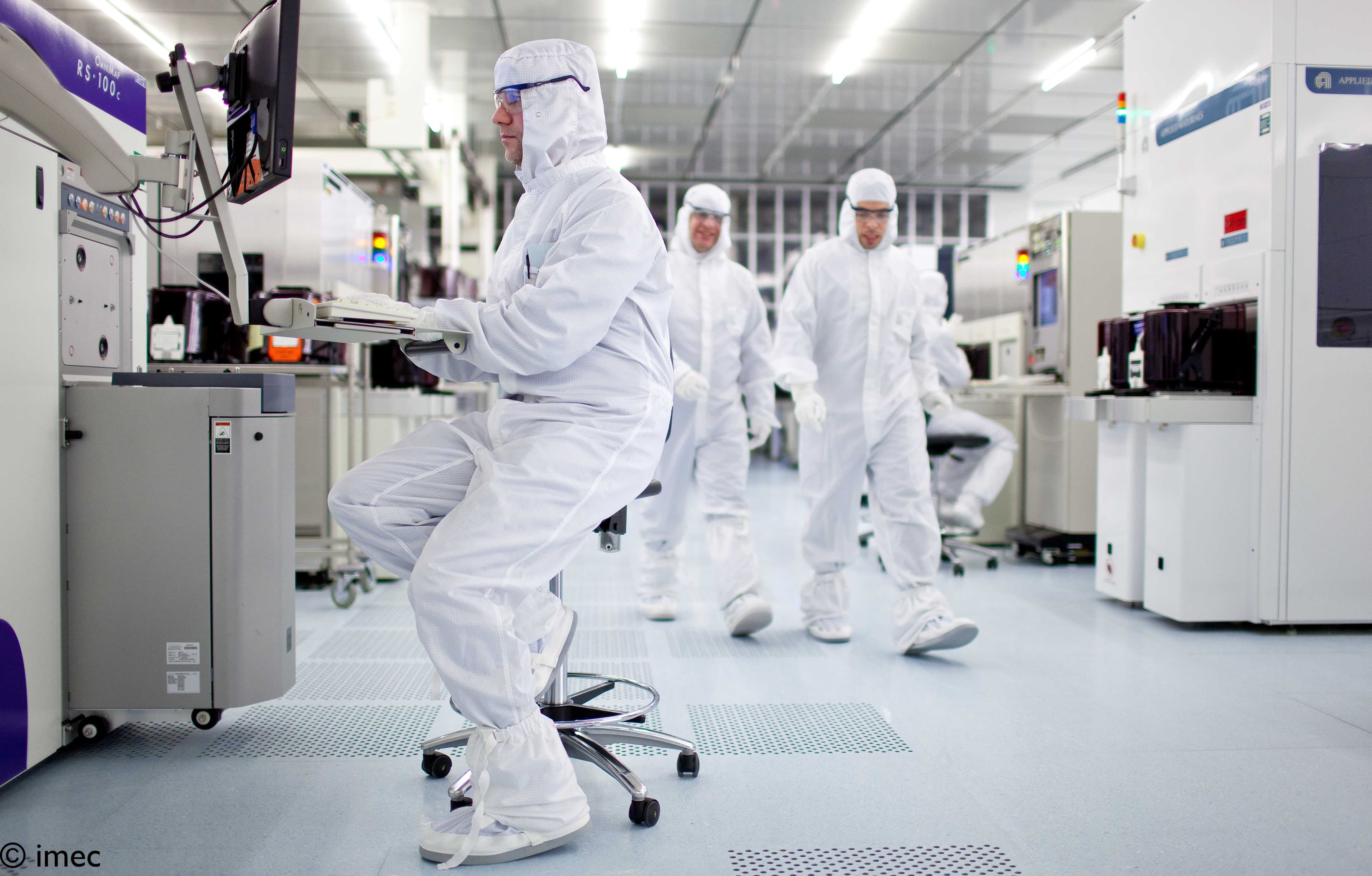Spin-off Onera secures investment to develop next-generation sleep diagnostics
Onera, a spin-off from imec and Holst Centre, has started to develop a wearable, fully disposable, medically-graded sleep diagnostic device. To do so, the new company has successfully secured a seed round of financing from imec’s venturing program imec.xpand and the Dutch development agency Brabantse Ontwikkelings Maatschapij (BOM). For more information, see the press release.
The startup’s mission is to bring the gold standard of sleep diagnostics from the sleep lab to the comfort of the patient’s home. The company expects that their solution will cause a paradigm shift in the diagnosis and treatment of sleep disorders and will contribute significantly to the comfort and the general well-being of those affected by sleep related illnesses.
Imec extends damascene metallization to 3nm technology
For almost two decades, copper-based dual damascene has been the process of choice to build reliable chip interconnects. But for 5nm and 3nm technology, making the interconnects reliable enough and keeping the resistance low enough is becoming challenging. Therefore, the industry is looking for smart solutions to extend the current technology.
At the 2018 IITC conference (IEEE International Interconnect Technology Conference), imec presented no less than 11 papers on advanced interconnects, ranging from extending copper damascene metallization, all the way to evaluating new alternatives such as ruthenium and graphene. After careful evaluation of the resistance and reliability of these solutions, imec now takes the first steps to extend conventional metallization to 3nm technology.
Want to know more? Read the full press release here.
A compact low-power 140GHz CMOS radar with on-chip antennas
At the International Microwave Symposium (IMS, Philadelphia, USA), imec announced it has made the first 140GHz radar-on-chip with integrated antennas in standard 28nm CMOS technology. The achievement is key to developing radar-based sensors for smart intuitive applications, such as building security, health monitoring of vehicle drivers, measuring the breathing and heart rate of patients, and gesture recognition for man-machine interaction. But a wide adoption will only be possible if radars achieve a higher resolution, become much smaller, more power-efficient to run, and cheaper to produce than today’s solutions.
Here is the full press release.
Promising practical solutions to further scale chip technology beyond 5nm
At the 2018 Symposia on VLSI Technology and Circuits in Honolulu (Hawai, USA), imec’s researchers presented a number of solutions and proposals for next-generation scaling.
Beyond 5nm, a gate-all-around (GAA) architecture appears as a practical solution since it reuses most of the FinFET process steps. Imec has shown that it is possible to reach the technology requirements using stacked, lateral nanowires in which silicon is replaced by a high-mobility channel material such as germanium.
A second solution – the complementary FET (cFET) is a further evolution. Instead of stacking either n-type or p-type devices, it stacks both on top of each other. This choice exploits the FinFET process flow and benefits from the potential for strain engineering in the bottom pFET. A design-technology co-optimization (DTCO) analysis reveals that the cFET device used in memory or logic cells has the potential to reduce the required area with 50%.
Want to know the details? Read the press releases on the nanowire FET and cFET.
imec.icon – successful projects and new open call
Recently, a number of imec.icon projects were successfully concluded. Examples are ARIA and LUNAR. ARIA implements wearable augmented reality for the industry, to convey instructions, guide employees and teach skills. And the focus of LUNAR is on the optimization of the customers’ retail shopping experience.
ARIA Video
LUNAR Video
In imec.icon projects, over a period of typically two years, multi-disciplinary research teams of scientists, industry partners (Belgian and foreign) and social profit organizations work together to develop digital solutions that find their way into the market offer of the participating partners. The program has already resulted in over 100 completed projects in a wide range of ICT related application domains and markets.
To find more information about the next open project call, look here.
Published on:
28 June 2018



